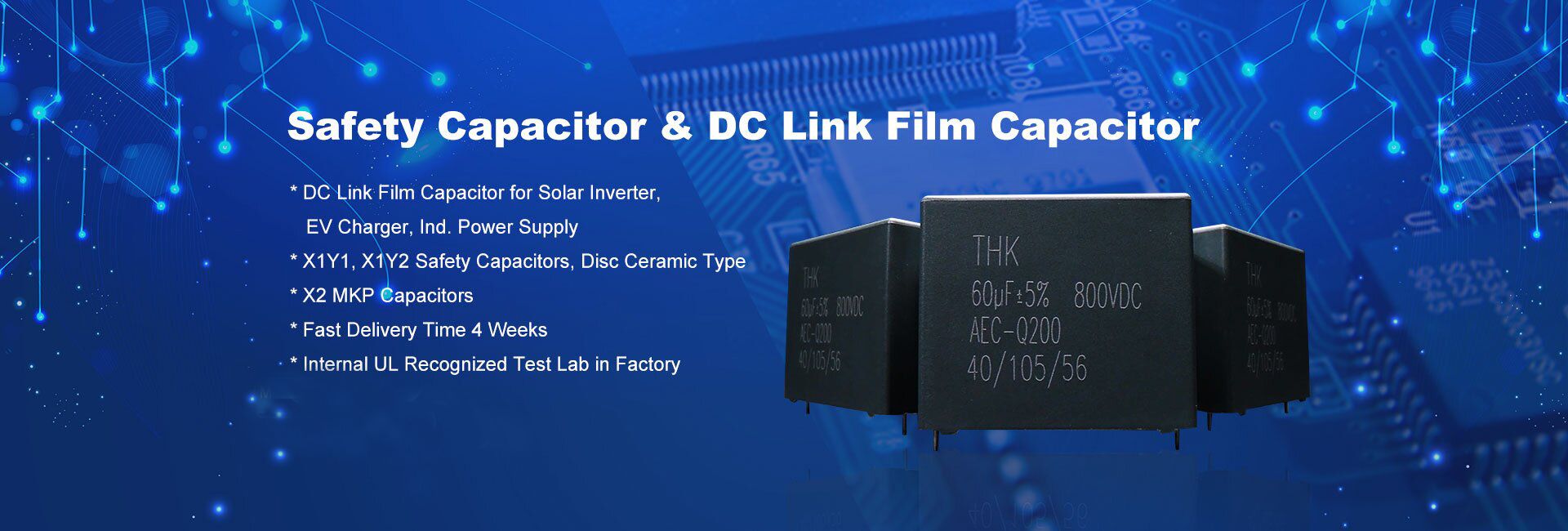Chip MLCC Capacitors Compound Annual Growth Rate
What is CAGR, CAGR means Compound annual growth rate, annual growth rate of an investment over a specified period of time longer than one year. Chip MLCC CAGR is around 8%! Until end of 2021, some manufacturers still offer chip mlcc with 20 weeks. MLCC have a increasing demand.
Why engineers prefer to use chip mlcc?

a. chip mlcc have small size
b. chip mlcc is cost effective
c. chip mlcc technology have big improvement, especially in large capacitance and high voltage.
d. tantalum capacitors are unstable in supply, and prices very expensive.
With the delay in 2021, new MLCC spot shortages have forced some industries to become agile and adapt to supply chain fluctuations.
Through 2021, the shortage of automotive chips remains the same. Although companies such as Intel and TSMC are investing in increasing fab capacity, many in the industry and the financial industry predict that the shortage will continue into 2023. The price tag is also shocking. It is estimated that the loss of income will now exceed 100 billion US dollars. Take the automobile industry as an example.
The shortage of electronic components is nothing new in 2020 and 2021. In 2020, this is due to everyone staying at home for reasons such as vacations, panic buying, excessive demand for home-working electronics, and/or forced lockouts. By 2021, pent-up consumer demand, capital expenditures, and investment in reopening games appear to be creating shortages in everything from wood to plastic.
The repeated shortage in 2017 is rooted in the shortage of multilayer ceramic capacitors (MLCC). The shortage of these components began to reach a worrying level in 2018 and then eased in 2019. In 2020, COVID-19 has caused obvious problems in global manufacturing capacity, renewing concerns about the shortage of MLCC. By mid-2021, due to supply chain issues in industrial, medical, and military systems, concerns about the shortage of MLCC continue, especially now that more than one manufacturer has sounded the alarm. There are now some questions as to whether the overall shortage will extend beyond these specific industries and affect the broader electronics market. If you are planning a design that requires MLCC, you may need to plan alternatives in case the components you need are out of stock and have a long lead time.
Who may be affected by the MLCC shortage?
The current wave of MLCC shortages is affecting many industries other than automobiles. Of course, in addition to a large number of other electronic products, automobiles also need capacitors, but the industries that have recently made headlines are defense electronics, medical equipment, and industrial automation.
So is this a supply-driven or demand-driven shortage? Interestingly, the inventory problems in these industries are a bit of both. Some products that drive MLCC inventory consumption include:
Low-power radar, radio and wireless network products operating at GHz frequency
Devices that support 5G, such as mobile phones, IoT products, base station equipment and other telecommunication equipment
Consumer electronics products (laptops, smart phones, etc.) now require more MLCC than a few years ago
MLCC in these products is used very much, and small-case capacitors (<0603) are used. In particular, these components are low-Q, low-voltage capacitors used to achieve broadband decoupling and filtering to high frequencies in products with radio frequency capabilities. When you consider that the average smartphone or tablet computer contains more small-case capacitors than ever before, the demand and market size in this area have motivated MLCC manufacturers to shift their capacitors to meet the needs in these areas.
Therefore, industrial, medical, and military products that require high-voltage, high-Q MLCCs are facing pressure to reduce inventory of large-size MLCCs. Affected products include power supplies/regulators, MRI coils, amplifiers, lasers, and many other specialized products that require larger enclosures.
Adapt to changing supply
In order to adapt to the growth in demand for consumer electronics products (mainly smartphones, tablets and other products) last year, most of the manufacturing capabilities of MLCCs have shifted from high-Q/high-voltage capacitors to smaller, lower-Q capacitors. These are physically Smaller components tend to have lower voltage ratings and higher self-resonance; the lower voltage ratings of smaller housing sizes make them less useful in the affected industries. In addition, strict gap restrictions in smaller consumer devices limit the use of larger housing sizes because they may not be suitable for smaller housings for consumer devices.
Considering the needs of various housing sizes and the shift to consumer electronics, I don’t think we should be surprised by these developments. Compared with the situation in 2018, the total inventory data of distributors shows that it is difficult to call this a full-scale MLCC shortage because, as mentioned above, it does not affect all industries or manufacturers. However, the inventory throughout the supply chain has been steadily decreasing. This emphasizes the need for design teams to plan ahead and consider replacing their products.
At present, American EMS suppliers are transferring their onshore production capacity or adding new production capacity online to solve the shortage of the entire supply chain. Time will tell how this particular part of the capacitor market will develop and whether demand will continue to consume capacitor inventories in the long term. At the same time, PCB designers and engineers need to consider how to adjust their designs to withstand the MLCC shortage and continue to bring products to the market.
Supply chain visibility helps companies stay agile
The growth of consumer electronics products and the recurring business cycles of the electronics industry will continue to put pressure on the MLCC supply chain. Even after the input capacity helps alleviate the current shortage, I expect that we will reappear in the next business cycle. When the inventory of distributors and manufacturers fluctuates, companies large and small that use MLCC for design need to remain agile. Make sure to use the best electronic supply chain tools and search engines to browse the distributor’s inventory and find replacement parts. When you understand the supply chain when you plan to enter the manufacturing phase, you can ensure that your products can be mass-produced on time.
Even if chip mlcc shortage happen again in 2022, Topdiode Group UF Capacitors, as a chip MLCC capacitors supplier, we have enough capacity to ship within 2 weeks.





